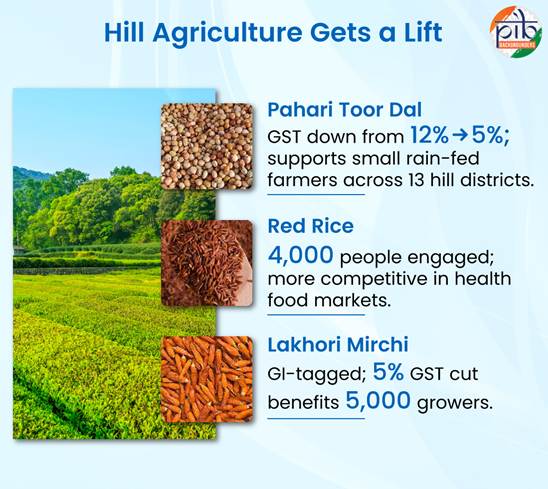The Goldman Sachs company logo is on the floor of the New York Stock Exchange (NYSE) in New York City, U.S., July 13, 2021. REUTERS
(Reuters) – Goldman Sachs said on Friday a proposed 10% U.S. oil tariff could cost foreign producers $10 billion per year, as Canadian and Latin American heavy crudes remain reliant on U.S. refiners due to limited alternative buyers and processing capabilities.
President Donald Trump plans to impose a 25% tariff on Mexican crude and a 10% levy on Canadian crude starting in March, a delay from his initial proposal.
Despite this, Goldman expects the U.S. to remain the primary destination for heavy crude, as advanced refining capabilities and low costs continue to make American refiners the most competitive buyers.
Goldman estimates light oil prices would need to rise by 50 cents per barrel to make medium crude from the Middle East more attractive to Asian refiners, as U.S. Gulf Coast refiners prioritize domestic light crude over imported medium grades.
The investment bank estimates U.S. consumers would face an annual tariff cost of $22 billion, while the government would generate $20 billion in revenue.
Meanwhile, refiners and traders could see $12 billion in benefits by linking discounted U.S. light crude and foreign heavy crude to premium coastal markets, Goldman said.
The brokerage noted Canada, the top exporter of oil to the U.S., is likely to see its 3.8 million barrels per day (bpd) of pipeline exports continue flowing, with prices discounting to offset the tariff impact.
Similarly, 1.2 million bpd of seaborne heavy crude imports from Canada and Latin American countries including Mexico and Venezuela would see discounts to offset the levy, ensuring continued flows into the United States.
While the tariffs could reshape trade flows, Goldman highlighted that Canadian producers, as “captured sellers” with limited alternative buyers, would be forced to absorb much of the tariff burden through price discounts to remain competitive in the U.S. market.




